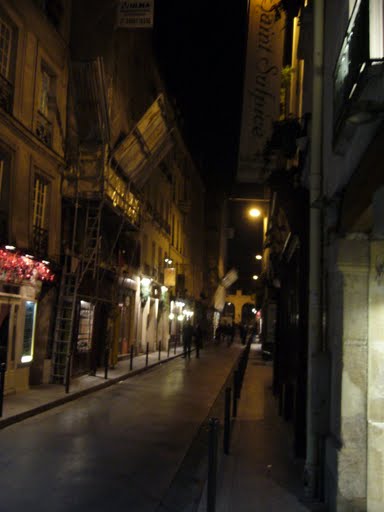Readers of Daphne du Maurier’s novels and short stories usually credit Rebecca as being the author’s best work, but there are other, better stories by this very talented writer.

Daphne du Maurier
One very good novel of du Maurier’s is The House on the Strand, a time-travel story in the same vein as Bid Time Return (filmed as Somewhere in Time) by Richard Matheson.

The Birds and Other Stories is a very good collection of short stories, not only for the titular short story (made famous by Alfred Hitchcock’s film version), but also for the inclusion of the macabre novella, The Apple Tree.

The Birds and Other Stories
Don’t Look Now and Other Stories is another very good collection, not only for the titular short story (made famous by Nic Roeg’s film version), but also because of the inclusion of The Way of the Cross, a psychologically complex longish short story of redemption.

Don’t Look Now and Other Stories
Another good collection of short stories is The Breaking Point. This collection includes The Blue Lenses, which is probably the most ingenious of all of du Maurier’s stories and is reminiscent of Eugene Ionesco at his best.

The Breaking Point and Other Stories
Regarding other short story collections, The Rendezvous and Other Stories is worth reading for the title story alone, although the other stories in the collection are also very good.

The Rendezvous and Other Stories
The Doll is another valuable story collection . In the title story, a waterlogged notebook is washed ashore. Its pages tell a dark story of obsession and jealousy. But the fate of its narrator is a mystery.
Many of the stories in this haunting collection have only recently been discovered. Most were written early in Daphne du Maurier’s career, yet they display her mastery of atmosphere, tension and intrigue and reveal a cynicism far beyond her years.

The Doll – Short Stories
Finally, best of all is the novel Castle Dor. This is a strange one, because it is a novel that was started – and then abandoned by author and critic, Arthur Quiller-Couch. Quiller-Couch’s daughter asked Daphne du Maurier to complete it, which she did, giving it a major overhaul in the process. The result is a moody and atmospheric retelling of the Tristan and Isolde story.

Castle Dor
It is not generally known, but Daphne du Maurier was a very good horror, science fiction and fantasy writer. Most of her works fit easily into the Gothic genre and many of her best stories put forward (in a very naturalistic way) themes and situations that are supernatural and other-worldly.
The books mentioned above are a good place to start if you are new to Du Maurier’s work. If you are already familiar with some of her work, try these books I’ve mentioned. You might be surprised at how good a writer Daphne du Maurier actually is.

Daphne du Maurier
© R J Dent (2014)
www.rjdent.com


























